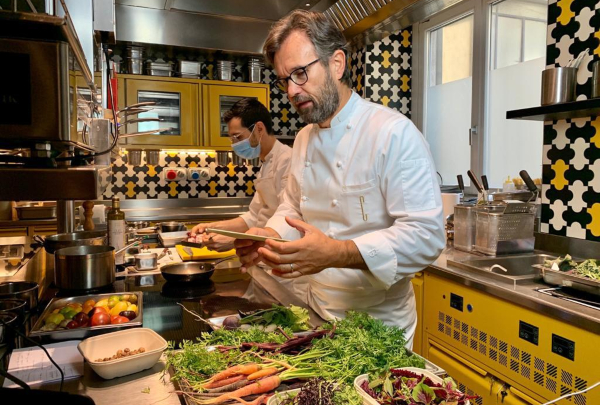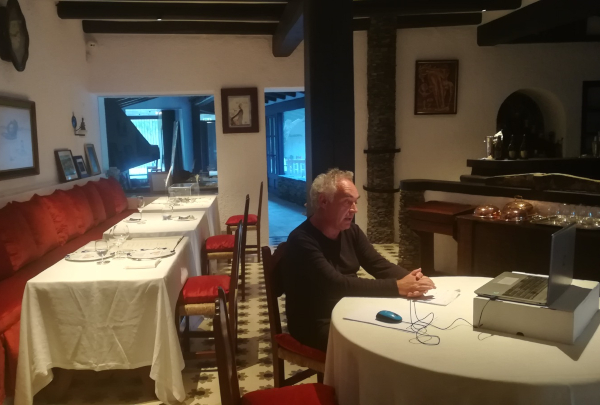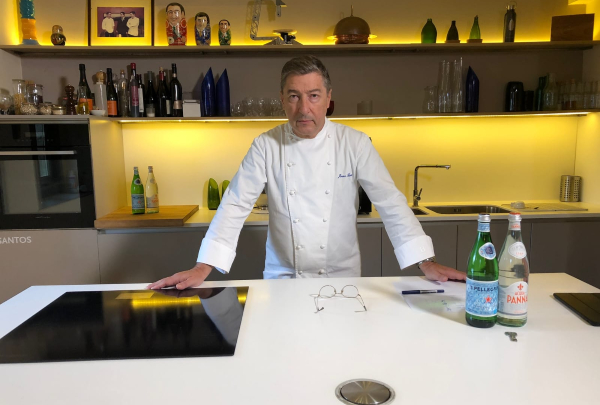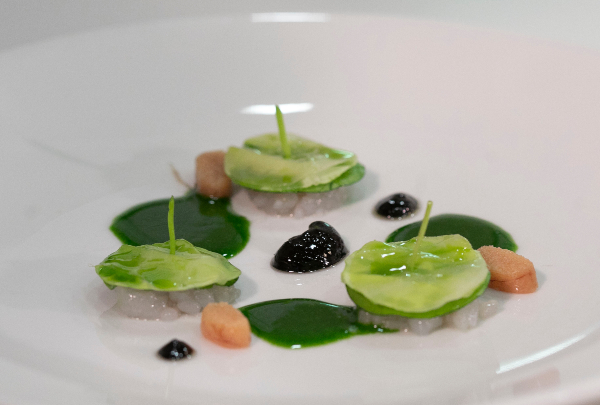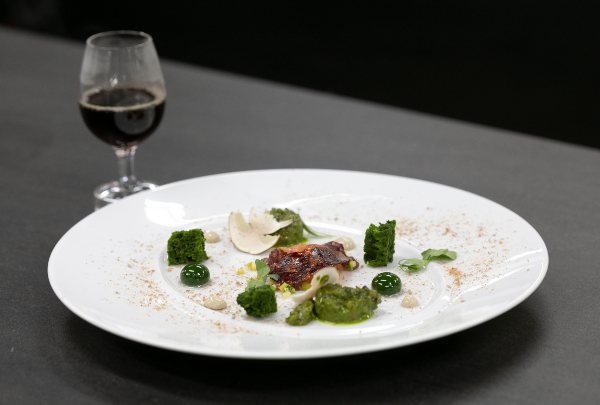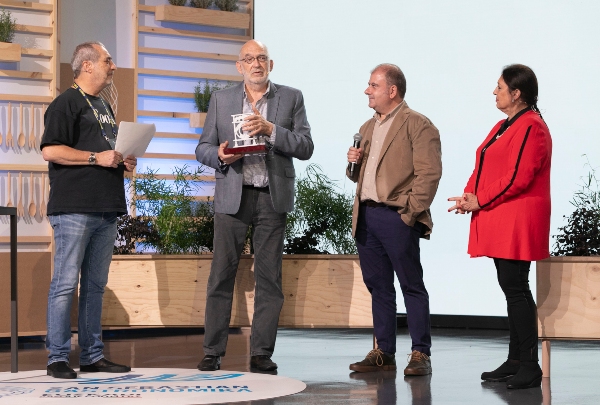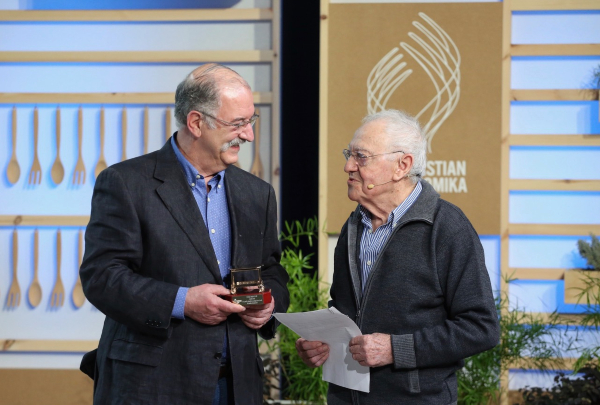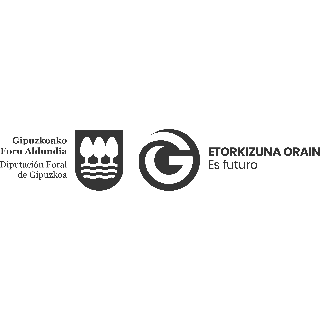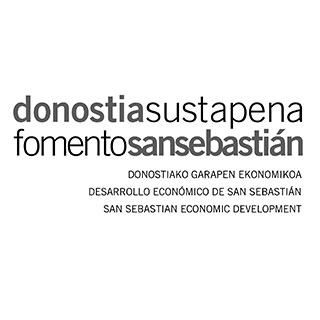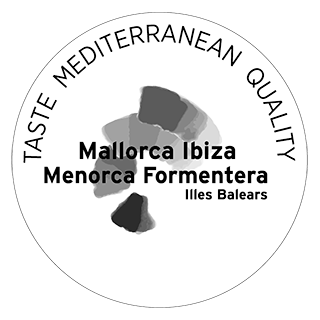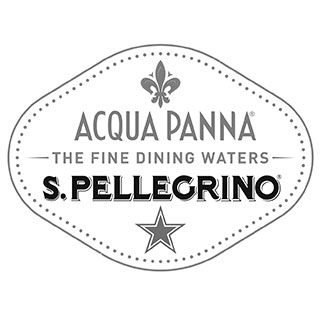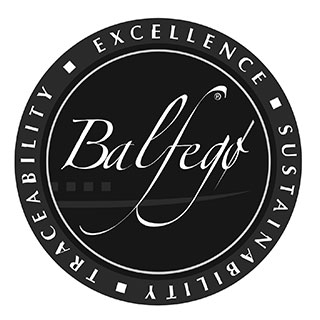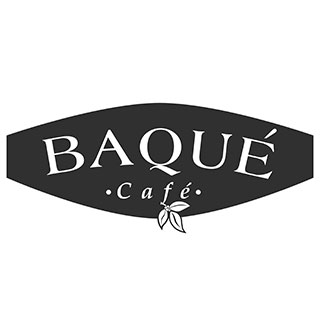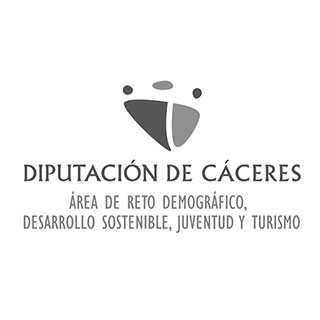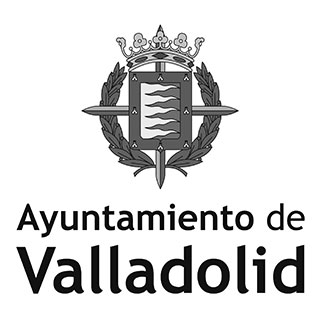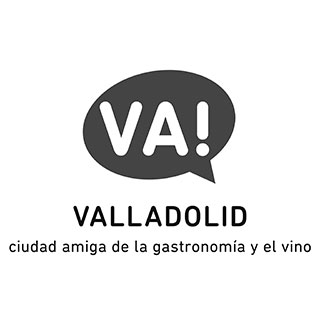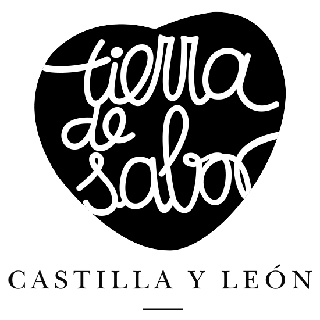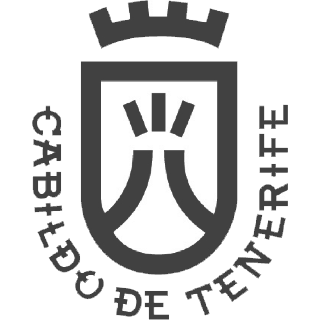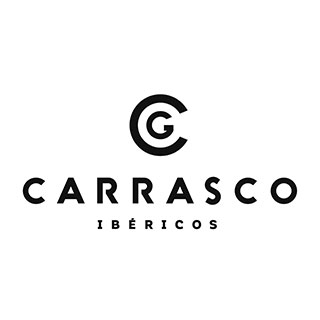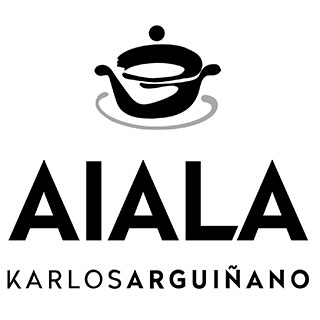News
From the mulberry bush to the plate
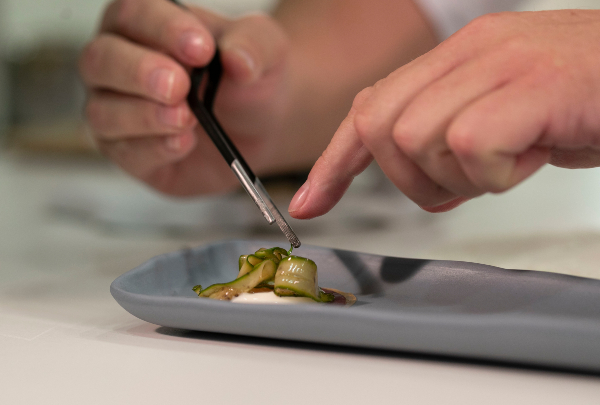
María Gómez and Pablo González presented the culinary techniques derived from a tree, the mulberry tree.
María Gómez and Pablo González, the chefs at Magoga a Cabaña Buenavista respectively, presented the results of their research together with IMIDA in a presentation, sponsored by the Murcia Region Tourist Office, detailing the culinary techniques derived from a tree, the mulberry tree.
While Andreu Genestra talked a couple of days ago about his line of research into trees in Majorca and incorporating them as an ingredient in his cuisine, María Gómez, from Magoga, and Pablo González, from Cabaña Buenavista, did the same with the mulberry tree.
In a presentation from the Aiala cooking school - which is owned by Karlos Arguiñano, who was present at the event - the focus was on the gastronomic richness of Murcia, which benefits form its location and climate.
The city, which will be the next Capital of Gastronomy - it will be designated as such in 2021 - enjoys a privileged richness and variety of products that are not always widely known. This is particularly true of the mulberry tree, which for 500 years was the economic mainstay of the area - thanks to which the construction of several buildings that are now emblematic was financed - but which time has diluted into oblivion. Now, both María and Pablo are reviving this former source of income to include its benefits in their dishes.
To achieve this, they worked together with the IMIDA research centre on a project that allowed María and Pablo to use the leaf and the mulberry in their respective gastronomic offerings.
The first to talk about it was Maria, who made a dish from lamb from Calblanque, which is known for its saltiness and for being very tasty. The chef explained that, to prepare the recipe, she had been inspired by her experience, in Sweden, when she worked in a Lebanese restaurant where they made a vine leaf roll stuffed with rice. In this case, she used pickled mulberry leaves and stuffed them with boneless lamb chops. She added a sauce extracted from a mulberry leaf infusion and freeze-dried yoghurt to the snack. The dish was accompanied by a fritter filled with lamb brains and sheep's butter, together with a blackberry infusion sweetened with carob, the powder of which was presented in a silk cocoon. “Instead of refined sugar, we use a carob essence that we leave to macerate for a year. Its sweetness is incredible, it always amazes me”, explained Gómez.
Meanwhile, Pablo González has been working on a technique by means of which he turns the silk cocoon into a crisp wafer to which he can add the flavour of any vegetable. And to prove it, he prepared four appetisers made using four of them. Given that the film is sensitive to humidity - and melts instantly in the mouth - Pablo advises adding fat to waterproof it. The first appetiser consisted of a silk wafer of roasted onion with ham skin, cream of courgette, onion, potato and egg yolk (inspired by a typical Murcian dish, the zarangollo) plus some wafer-thin slices of mini courgette and shoots. The second was a beetroot-flavoured silk wafer accompanied by a layer of dewlap, beetroot tartare, crème fraiche and caviar quenelle. The third, a broccoli-flavoured silk wafer with smoked tongue, cauliflower couscous and garlic scapes. The last one was a capsicum-flavoured silk wafer printed with the logo of the Arzak restaurant (in homage to it), with a layer of bacon, fish cheeks al pil pil and chilli pepper in tempura (a Basque touch).
To conclude, both María Gómez and Pablo González highlighted the wealth of products offered by Murcia and explained that they are working on different projects. One of these is the revival of nearly extinct vegetables.
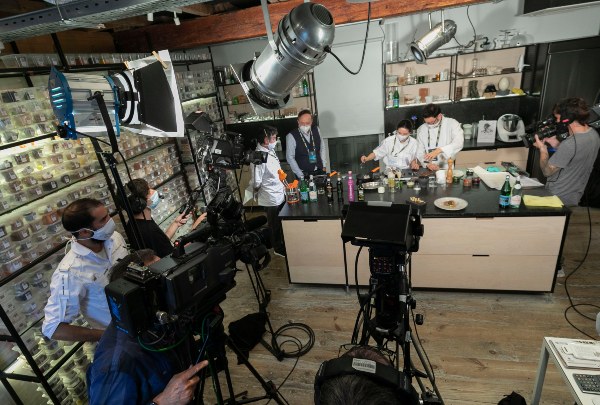
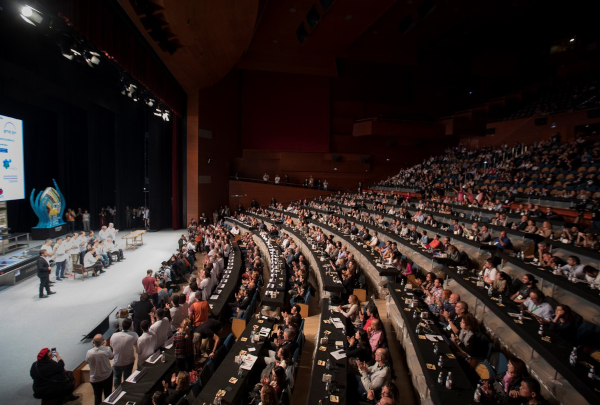
.jpg)
